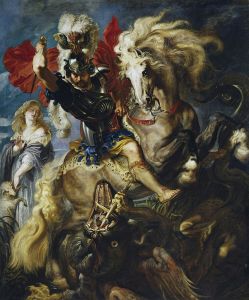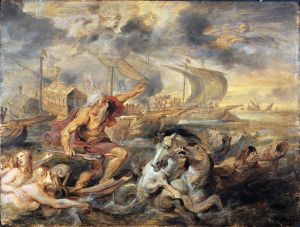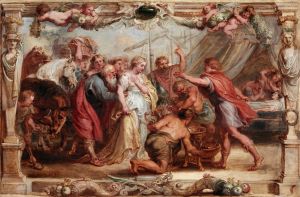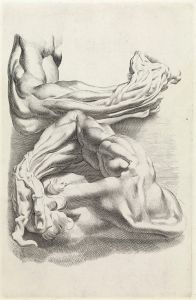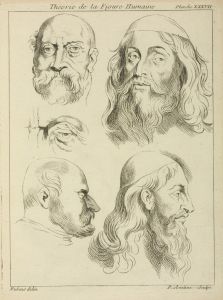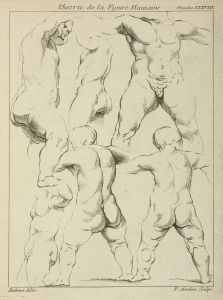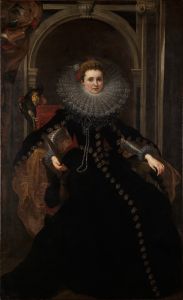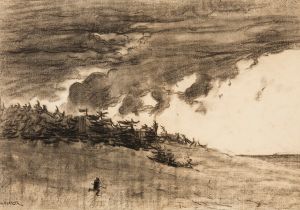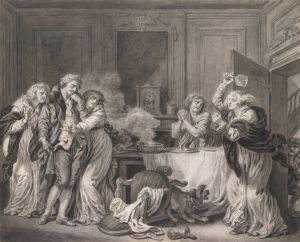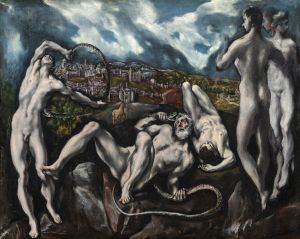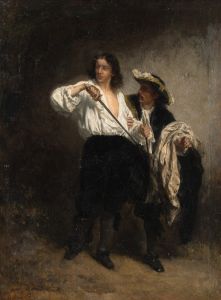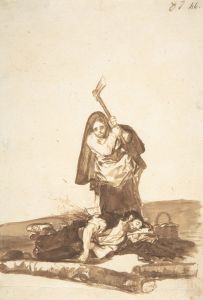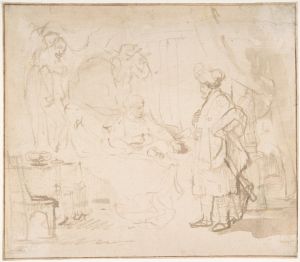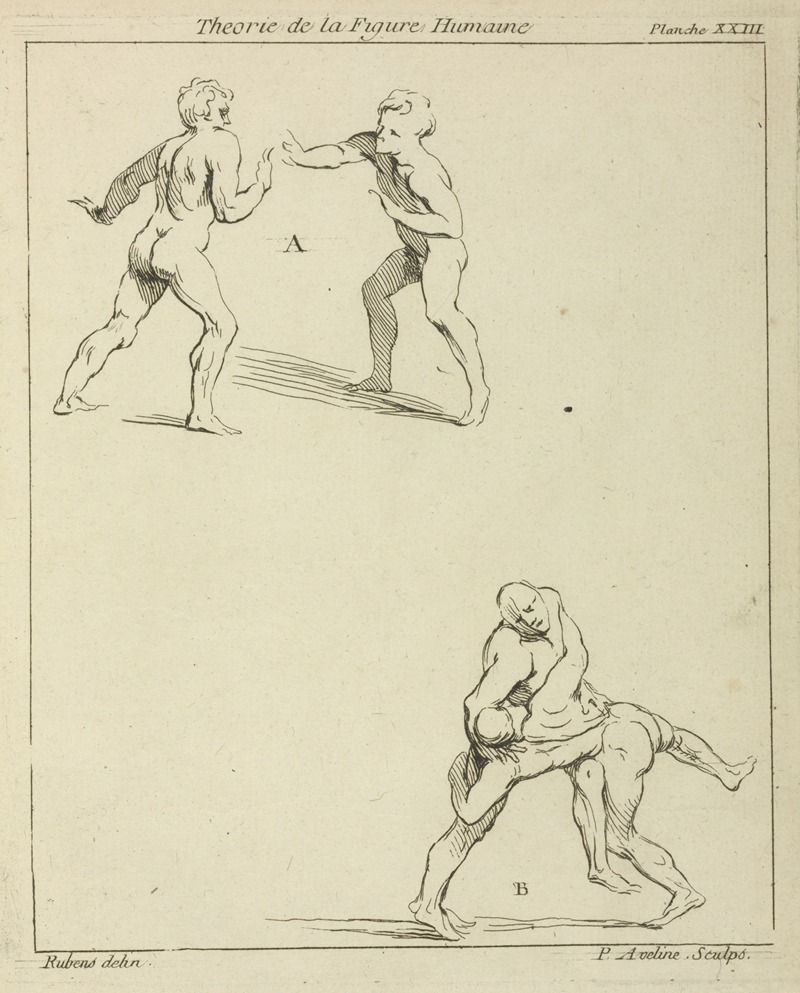
Two pairs of figures; one pair extending right arms toward each other, the other pair wrestling
A hand-painted replica of Peter Paul Rubens’s masterpiece Two pairs of figures; one pair extending right arms toward each other, the other pair wrestling, meticulously crafted by professional artists to capture the true essence of the original. Each piece is created with museum-quality canvas and rare mineral pigments, carefully painted by experienced artists with delicate brushstrokes and rich, layered colors to perfectly recreate the texture of the original artwork. Unlike machine-printed reproductions, this hand-painted version brings the painting to life, infused with the artist’s emotions and skill in every stroke. Whether for personal collection or home decoration, it instantly elevates the artistic atmosphere of any space.
Peter Paul Rubens, a prominent Flemish Baroque painter, is renowned for his dynamic compositions, vibrant color palette, and masterful depiction of movement and emotion. Among his extensive body of work, the painting titled "Two pairs of figures; one pair extending right arms toward each other, the other pair wrestling" is a notable example of his artistic prowess. However, specific details about this particular painting are scarce, and it is not one of his most widely discussed works in art historical literature.
Rubens was born in 1577 in Siegen, in what is now Germany, and he spent much of his career in Antwerp, which was then part of the Spanish Netherlands. He was a highly educated artist, fluent in several languages, and well-versed in classical literature and history, which often informed his work. His paintings are characterized by their energetic compositions, robust figures, and dramatic use of light and shadow, all of which are hallmarks of the Baroque style.
Throughout his career, Rubens produced a vast array of works, including altarpieces, portraits, landscapes, and historical paintings. He was also known for his ability to convey complex narratives through his art, often drawing on themes from mythology, religion, and history. His workshop in Antwerp was highly productive, and he employed numerous assistants and apprentices to help execute his large-scale commissions.
The painting in question, "Two pairs of figures; one pair extending right arms toward each other, the other pair wrestling," likely reflects Rubens' interest in the human form and his ability to capture movement and emotion. Wrestling scenes were a common motif in art, symbolizing struggle, conflict, and the physical prowess of the human body. Rubens' depiction of such scenes would have been informed by his study of classical sculpture and Renaissance art, which often celebrated the idealized human form.
Rubens' influence on the art world was profound, and his work was highly sought after by patrons across Europe, including royalty and the Catholic Church. His paintings were not only admired for their aesthetic qualities but also for their intellectual depth and ability to convey powerful narratives. Rubens' legacy endures today, as he is considered one of the greatest painters of the Baroque period, and his works continue to be studied and celebrated for their artistic and historical significance.
While specific information about the painting "Two pairs of figures; one pair extending right arms toward each other, the other pair wrestling" is limited, it can be appreciated within the broader context of Rubens' oeuvre and his contributions to the development of Baroque art. His ability to depict the dynamism and complexity of human interactions remains a testament to his skill and creativity as an artist.





